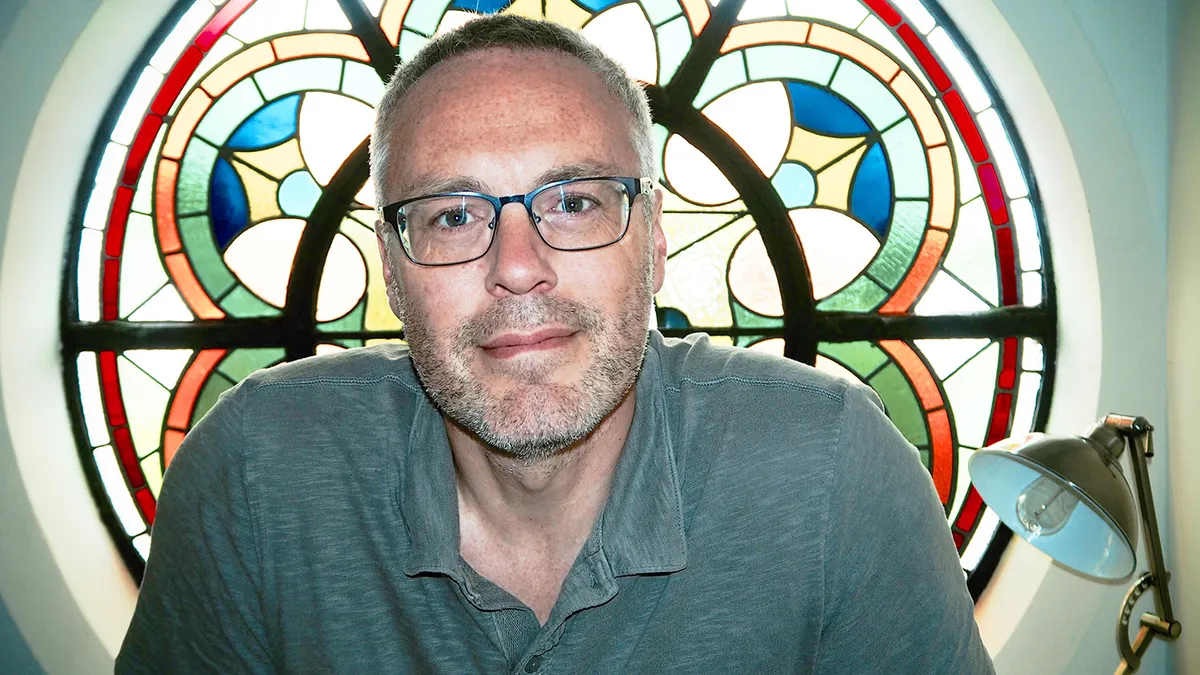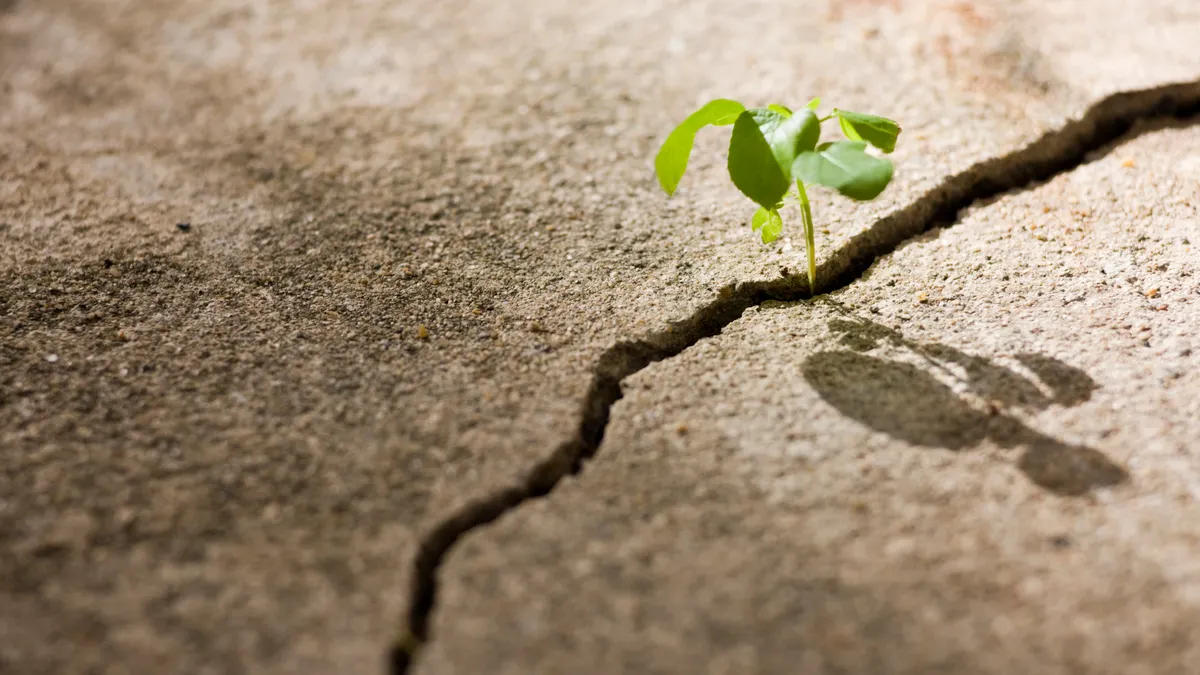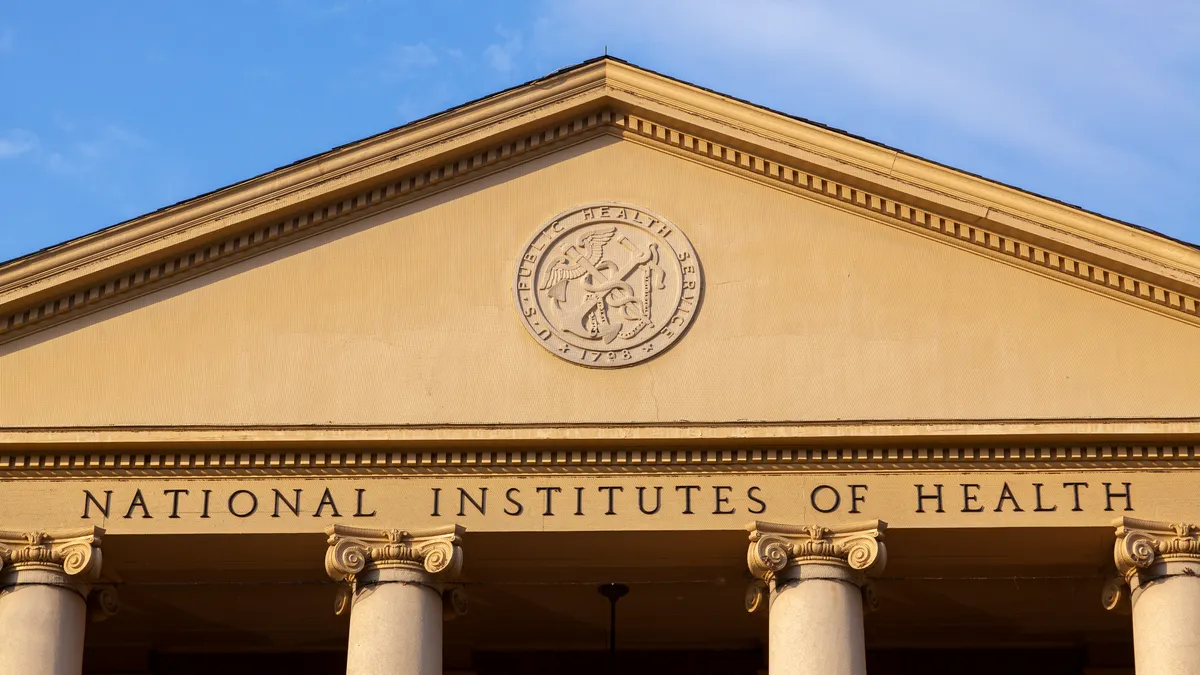Ask 10 people in pharma to define innovation, and you’ll likely get 10 different definitions.
Ten years ago, Mike Rea, CEO and founder of IDEA Pharma, a consulting firm that advises companies on their path-to-market strategy, asked a simple question to get to the bottom of the debate: If the same drug was given to two different companies, would there be different results? Turns out, nobody up until then knew why the answer was, “Yes.”
“To me this was one of the most interesting questions in our industry. If companies are not equally capable of launching their pipelines, that is something that we should know,” Rea says. “And we should not just know which companies are good at it, we should know why they're good at it, because we don't want to waste any more time getting medicines to patients.”
This desire to uncover why some companies are better at launching their pipelines than others was the basis for the Pharmaceutical Innovation and Invention Index (PPI), which ranks global organizations based on their ability to bring products from phase 1/2 to market and then commercialize them successfully. To create both parts of the Index, IDEA uses "clinical, regulatory and commercial metrics...ranging from the corporate level down to individual products."
2021 Pharmaceutical Innovation and Invention Index
| 2022 Co. Ranking | 2021 Co. Ranking | Innovation | Invention |
|---|---|---|---|
| Eli Lilly | +4 | 1 | 4 |
| Roche | -1 | 2 | 13 |
| Regeneron | +7 | 3 | 6 |
| Seagen | 4 | 22 | |
| Incyte | 5 | 2 | |
| GSK | +5 | 6 | 16 |
| Sanofi | +10 | 7 | 24 |
| AstraZeneca | +1 | 8 | 6 |
| Pfizer | +7 | 8 | 3 |
| Gilead Sciences, Inc. | +5 | 10 | 11 |
| Novartis | -7 | 10 | 9 |
| Merck & Co. | -6 | 13 | 10 |
| Johnson & Johnson | -5 | 15 | 8 |
| Bristol Myers Squibb | +6 | 17 | 1 |
| BeiGene | 27 | 5 |
SOURCE: IDEA Pharma
Here, the PharmaVoice Red Jacket, explains what helps companies score high marks for both invention and innovation.
PharmaVoice: The PPI Index ranks companies by both innovation and invention, what is the distinction and how do you define the two?
Mike Rea: That’s the big question and it’s a simple construct. We define innovation as a return on invention. Invention is coming up with the idea in the first place. Innovation is creating value from that invention. And I think it’s helpful for the industry to view it this way. Often, we put too much store in who came up with the drug or who got the patent, and the inventors of the drugs are justly recognized for having done that, but most of the work is getting drugs to patients and having someone who wants to pay for it. It's important that we regard that as a key process. The molecule that you invent and the molecule that you launch are the same. The only thing that separates those two things is what you learned, the collection of evidence, and that’s not trivial, as we’ve seen with COVID. The things that separated the companies that were successful with their vaccines — companies that often weren’t successful in vaccines before — were decision-making, operational, manufacturing, regulatory, these are things that people put down as the boring operational side of our industry are actually the real enablers of how things get done. Do companies differ in their ability to do this? Absolutely. It isn’t just their ability to recognize great drugs in the lab, it’s their ability to do something with them.
It would be rare now to have a drug that no one else has, so the difference between companies is going to come down to their organization, their culture, their agility, and their speed of response and decision making. This is the reason we have the two indices now. Having a great pipeline is great, but it’s nothing until the drugs are launched. When we compare and contrast the Invention Index with the Innovation Index, there are some interesting quadrants.
Sometimes there's a large discrepancy between the innovation ranking and the invention ranking. Why is that?
Some of this is a consequence of the math. If it’s a large company, it’s easier to have a huge pipeline. But what if this same large company that is great at building its pipeline — it has a great discovery engine — hasn't proven in the last five years it could successfully launch a product, lock in market access, etc.? This would place them high on the invention index and low on the innovation index. And we’ve seen companies that launch underwhelming drugs constantly.
Then there are companies that are great at maximizing what they have; they are great at innovation, but not terribly exciting on the invention side. We’ve seen companies that have historically had great commercial engines do well at innovation, and those that are great at discovery, such as biotechs, that haven't cracked the code of launching. So, if a company can do both — fantastic —everyone is happy.
We have a five-year rolling window — looking backward at innovation and the invention index looks forward — we know leadership changes, cultures change. Take a company like Gilead that was funding antivirals, now it’s gone into oncology, and its ranking is nowhere near as good.
Based on your insider's view, are you seeing a greater organizational and cultural shift within R&D and as a result are companies becoming more inventive and innovative?
Some. And I think this will be the big change going forward. A good example is Eli Lilly. Lilly was at the top of our innovation index this year. I didn't know until I spoke to Dan Skovronsky [the chief scientific and medical officer at Lilly] what had been going on, some of which was organizational based on the idea of moving toward being a cluster of biotechs. As Dan would say, why would they buy Loxo Oncology and have them behave like Lily Oncology? Which is a really interesting mindset, and I think a very healthy one. It’s like Disney and Pixar. Why would you buy one and integrate it into something that's less successful? This gives Loxo decision-making control over its pipeline and how it does business, because oncology is not the same as neuroscience or the same as cardiology. Some companies have kept their old decision-making processes and their old culture and hoped that they could bring it into the 2020s.
We’ve also seen companies pull apart and see the wave coming, be in the water swimming, and be agile enough to catch it. This approach won’t be evenly distributed, and we are watching. There are companies like J&J that have been ready for innovation for 10 or 15 years, and you would bet on a company that is at least mindful that things are not the same as they used to be, and then there are companies that I think are betting on things staying the same for a lot longer. We will see how this play out in terms of their fortunes and on the index.
There have been some high-profile retirement announcements lately. What impact does this have on a company?
Organizations need multiple leaders, not one. The old pyramid structure where everything goes up, typically to one guy, to the person in charge who makes a difference to day-to-day operations have probably had their day. This might still work in a biotech company, for example where there is a Mike Gilman at Arrakis Therapeutics, or for an Elon Musk or a Steve Jobs who understand everything about what their companies do, but pharmaceuticals is not like that. Understanding a heart failure market, and an oncology market, and a rheumatology market would be hard to do, as well as understanding the molecule, etc. It’s just too much in pharma. The healthier companies are the ones that are built to respond to uncertainty and have a degree of agility. Companies shouldn’t have to wait on a board decision that could take six months. That doesn’t happen at Google or most tech companies for that matter. I think it’s healthy for companies to have some youth, awareness of the impact of digital technologies, of AI, and the other things that are involved in the process.
Today, there are six or seven layers between the market and the CEO. The idea that CEOs could rely on intuition or a hunch has been removed from the process. Companies that will do well in the future are the ones that have their hand on the market and are opportunity seeking.
Are technology advances baked into the indices?
No, not into the innovation index. The Innovation Index is fantastic because it doesn’t allow for any philosophies or beliefs. Companies either score goals or don't. I use an English Premier league metaphor: You can look at the way teams play, the way they recruit players and so forth but unless they win games and score goals, none of that counts. The Innovation Index looks at hard metrics. How companies get there is one of the things that we want to study, which is why we do it the indices.



















